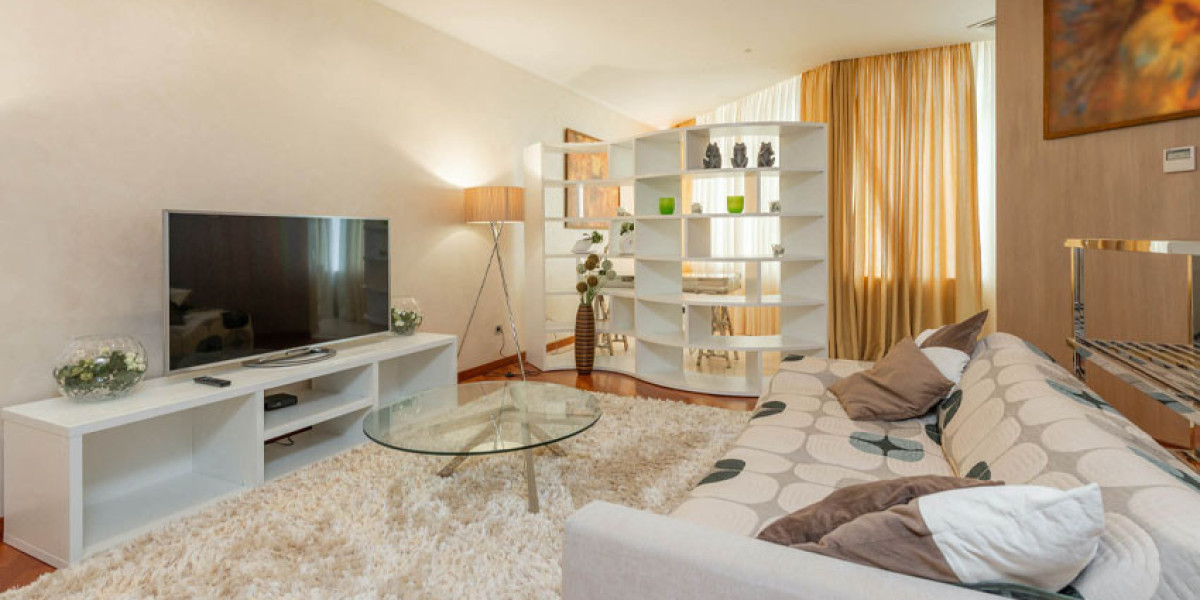In an increasingly urbanized world, the desire to reconnect with nature is driving a growing trend in interior design known as biophilic design. This approach incorporates elements of nature into the built environment, creating spaces that enhance well-being, promote sustainability, and foster a sense of connection with the natural world. In this article, we'll delve into the principles of biophilic design and explore how you can incorporate nature into your home interiors to create a more harmonious and nurturing living environment.
1. Understanding Biophilic Design Principles
Biophilic design is based on the idea that humans have an innate connection to nature and benefit from being in close proximity to natural elements. The principles of biophilic design aim to mimic the patterns, forms, and processes found in nature, creating environments that support human health and well-being. Key elements of biophilic design include natural light, views of nature, natural materials, and greenery.
2. Maximizing Natural Light
Natural light is a fundamental aspect of biophilic design, as it not only illuminates spaces but also helps regulate circadian rhythms and promote a sense of well-being. Maximize natural light in your home by incorporating large windows, skylights, and glass doors that allow ample daylight to filter into interior spaces. Consider removing heavy window treatments and using sheer curtains or blinds to maintain privacy while still allowing natural light to penetrate.
3. Views of Nature
Views of nature have a calming and restorative effect on the mind and body, making them an essential component of biophilic design. Arrange furniture to take advantage of scenic views outside your home, whether it's a lush garden, a tranquil lake, or a picturesque landscape. If you don't have access to expansive views, consider creating indoor garden spaces or installing living walls to bring the beauty of nature indoors.
4. Incorporating Natural Materials
Natural materials such as wood, stone, bamboo, and rattan are integral to biophilic design, as they evoke a sense of warmth, texture, and authenticity. Incorporate natural materials into your home interiors through flooring, furniture, finishes, and decor accents. Choose sustainably sourced materials whenever possible to minimize environmental impact and promote eco-friendly living.
5. Introducing Greenery
Plants are perhaps the most obvious way to incorporate nature into your home interiors and are a hallmark of biophilic design. Introduce a variety of indoor plants, such as potted trees, ferns, succulents, and air plants, to add color, texture, and vitality to your living spaces. Consider creating plant vignettes or clusters in different areas of your home to create visual interest and promote a sense of connection with nature.
6. Engaging the Senses
Biophilic design engages all the senses to create immersive and sensory-rich environments. Consider incorporating elements such as natural fragrances, soundscapes of flowing water or birdsong, and tactile materials that invite touch and interaction. By stimulating the senses, biophilic design can create experiences that evoke a deeper connection with the natural world and enhance overall well-being.
7. Creating Tranquil Retreats
Incorporating nature into your home interiors can create tranquil retreats where you can relax, recharge, and reconnect with yourself. Design cozy reading nooks with views of nature, create indoor meditation spaces with soothing greenery, or incorporate natural materials and textures into your bedroom to promote restful sleep. By infusing your home with elements of nature, you can create sanctuaries that nurture both body and soul.
In conclusion, biophilic design offers a holistic approach to home interior design that integrates elements of nature into the built environment to enhance well-being, promote sustainability, and foster a sense of connection with the natural world. By incorporating natural light, views of nature, natural materials, greenery, sensory elements, and tranquil retreats into your home interiors, you can create spaces that are not only beautiful and functional but also nurturing and uplifting.















